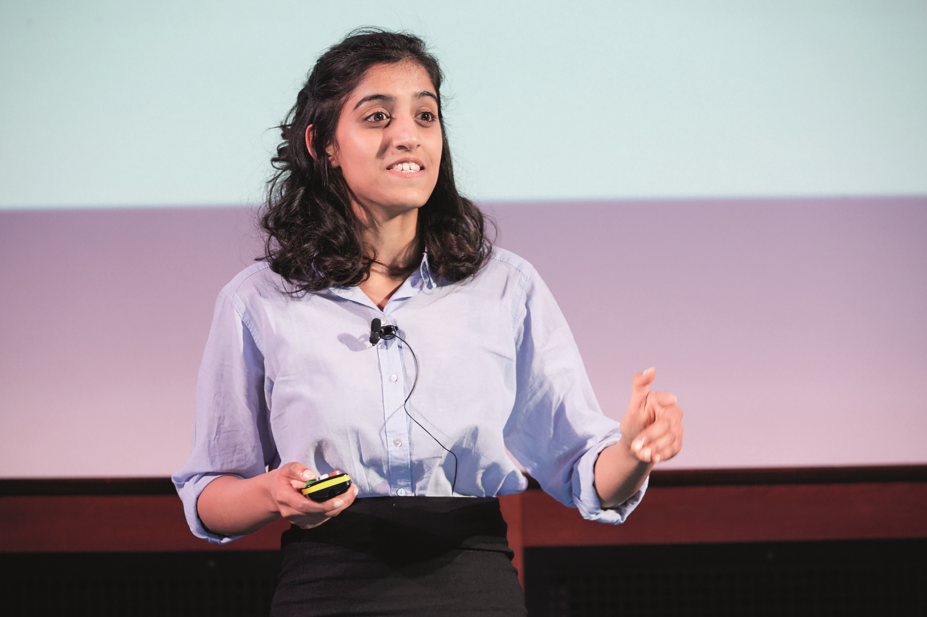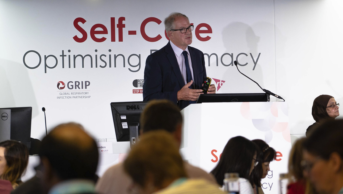
Imperial College London
Undergraduate student Saujanya Vruddhula has developed a system whereby micro QR codes printed directly onto drugs and linked to a blockchain could offer a solution to the problem of counterfeit medicines.
In March 2018, Vruddhula – a second-year life sciences student at Imperial College London – won £15,000 of funding for her start-up, Oggic, from Imperial’s WE Innovate programme for female innovators.
“You already have RFID tags, QR codes and barcodes printed on medicine packs. But we want to print micro QR codes directly onto the drugs,” Saujanya said. “Because it’s on the capsule itself, no-one can tamper with the code.” Printing onto capsules is already possible, Saujanya added, and is already a requirement by the US Food and Drug Adminisration in the form of drug imprint codes.
Oggic was founded by Saujanya in February 2018. Working with her brother, technolgy adviser Varun Vruddhula, Saujanya hopes to have the solution on the market by the end of 2018. She will primarily target United States-based companies manufacturing medicines for malaria and pneumonia – the drugs most at risk from counterfeiters.
By registering the micro QR codes on the blockchain, the medicine’s location could be tracked at any step in the supply chain, Saujanya said. The blockchain also allows anyone to verify the medicine’s authenticity.
“In cryptography, we have something called digital signatures,” Varun said. “These are not like DocuSign signatures, where you type your name, but rather they are cryptographic hash functions that can only be generated by a key owned by the person signing it. No-one else can duplicate that.
“Anyone can verify whether the person who signed the code was the original owner of the message.”
The process, essentially, could be a way for medicines manufacturers to digitally sign every capsule or tablet in a way that cannot be forged.
Oggic is also developing two apps – one for the pharmaceutical supply chain and one for patients. “Both will work in a similar way,” Saujanya said. “The pharmaceutical supply chain application will keep track of how the drug is moving through the supply chain, along with verification of authenticity. Patients will have a separate application which will tell them if the drug is authentic.”
As the company is still in its early days, there are still challenges to overcome, one of which is the complexity of inkjet-based printing of micro QR codes on curved surfaces. The company is also receiving advice from William Knottenbelt, director of Imperial College London’s Centre for Cryptocurrency Research and Engineering.
The idea of placing anti-counterfeit technology directly onto medicine, rather than packaging, is being researched elsewhere. Researchers from the University of Copenhagen have published their findings after printing medicines into a QR-coded pattern onto an edible base, while researchers from Korea are working to embed micro QR codes and 3D barcodes into drugs.
“We came up with a solution, but we’re definitely not the only people working to solve this problem. There is competition. It comes down to who will be first to get their product on the market,” Varun said.


